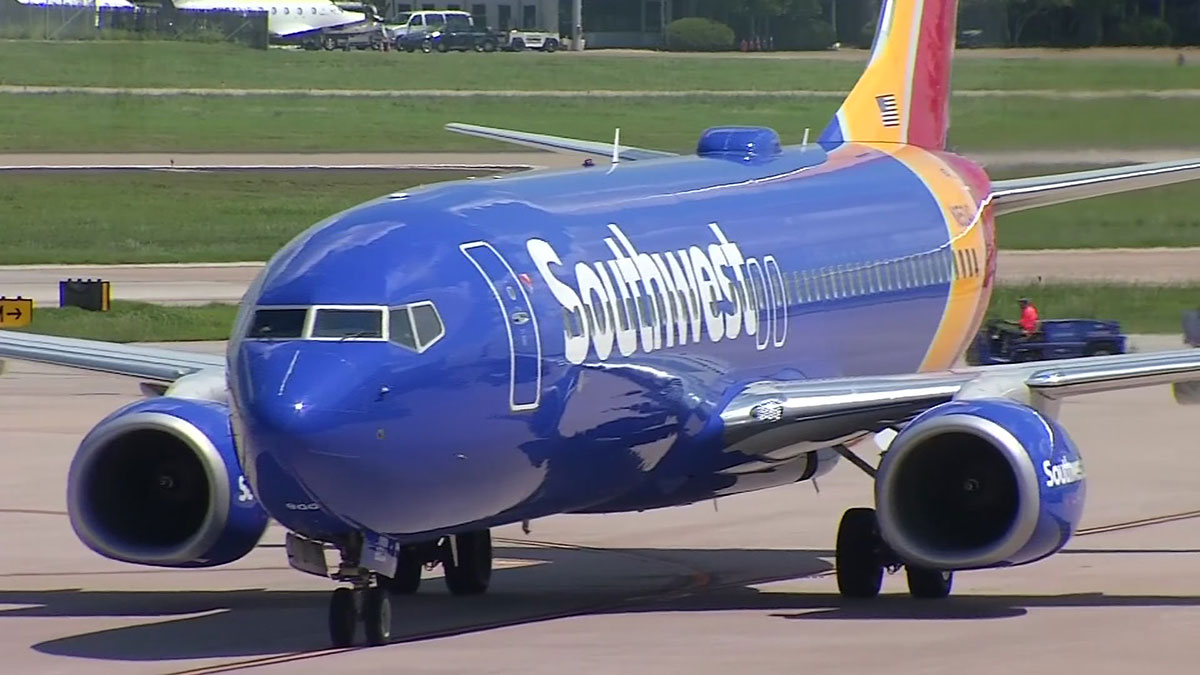The Associated Press analyzed the federal National Bridge Inventory to focus on the thousands of bridges that have the unfortunate designation of being both "structurally deficient" and "fracture critical" -- a combination of red flags that experts say indicates significant disrepair and an increased risk of collapse.
Despite the ominous sounding classifications, transportation officials say such bridges are safe, and undergo rigorous inspections.
Here are 10 questions and answers regarding the status of the nation's bridges:
1. WHAT ARE THE NUMBERS?
The most recent federal National Bridge Inventory includes 607,380 bridges that are subject to uniform bridge inspection standards. Among those bridges, there were 65,605 classified as "structurally deficient" and 20,808 as "fracture critical." Of those, 7,795 were both. And bridges with both red flags are open in all 50 states, the District of Columbia and Puerto Rico. While such dual designation does not automatically mean double trouble, experts who pay attention to these things say the group has increased risk.
2. WHAT DO THOSE TERMS EVEN MEAN?
A bridge is "structurally deficient" when it is in need of rehabilitation or replacement because at least one major component is deemed in poor or worse condition. A bridge is deemed "fracture critical" when it doesn't have redundant protections and is at risk of collapse if a single, vital component fails. Officials say that neither category is an indication of imminent collapse, but experts agree that both classifications are signs of risk.
3. WHAT ARE THE ODDS THAT I REGULARLY DRIVE OVER ONE OF THESE BRIDGES?
There's a decent chance you do. Many of the bridges that fit both criteria are on important arteries in small and mid-size cities, and on low-travel rural roads throughout the United States. Some of them are on busy interstate highways or on heavily trafficked big city roadways. The Brooklyn Bridge is a good example. The bridges identified in AP's analysis as both structurally deficient and fracture critical carry more than 29 million drivers a day, according to the latest federal records. And remember, that's for bridges that fit both red flags. The number of vehicles traveling over bridges daily that fit only one of the classifications is much higher.
4. THIS DOES SOUND SCARY. DO COLLAPSES HAPPEN OFTEN?
Not often, but they do occur. Some of the more prominent bridge collapses in recent history took place on fracture critical bridges. That includes the Interstate 5 bridge that collapsed in Washington state earlier this year, the 2007 failure of the I-35W bridge that killed 13 people in Minneapolis and the 1983 collapse of the I-95 bridge over the Mianus River in Connecticut.
Local
The latest news from around North Texas.
5. WHAT'S BEING DONE ABOUT THE PROBLEM BRIDGES?
States have different tactics. Some have worked to eliminate fracture critical bridges or have sought to prevent catastrophe with the installation of "catcher beams" underneath a bridge's main horizontal beams, to keep the structure from falling. Other states are working to whittle down the number of structurally deficient spans. There are some signs of improvement, but officials say there simply isn't enough money to fix everything. Bridge repair, rehabilitation and replacement is a multibillion-dollar problem.
6. HOW BAD ARE THINGS IN MY STATE?
While the numbers at the state level are always in flux due to fixes and downgrades, the latest federal data showed four states that each had more than 600 bridges deemed both structurally deficient and fracture critical: Iowa, Nebraska, Missouri and Pennsylvania. It is important to remember: Even with repair progress being made, more aging bridges are being identified with the problem combination all the time.
7. I DRIVE ACROSS A BRIDGE THAT LOOKS WAY PAST ITS PRIME. HOW OLD ARE THESE THINGS?
That's a pretty common concern. Thousands of the bridges identified in the AP analysis are many decades old, some dating to the early 1900s -- considerably beyond their design life. They also weren't built to handle today's traffic loads. That means signs of aging are evident. Still, it is important to remember that the experts say old and cruddy doesn't mean a bridge is about to collapse. That's why thorough inspections are paramount.
8. DO I WANT TO KNOW ABOUT SPECIFIC SIGNS OF AGING?
There's corrosion, crumbling concrete, cracks in bridge piers and metal fatigue. Freeze-thaw cycles in northern states can put extra stress on bridge components. Peter Vanderzee, CEO of Lifespan Technologies of Alpharetta, Ga., which uses special sensors to monitor bridges for stress, compared steel bridges to a paper clip that's opened and bent back and forth until it breaks. "In a bridge system, it may take millions of cycles before it breaks. But many of these bridges have seen millions of cycles of loading and unloading." Putting it bluntly, Vanderzee said, "Bridges aren't built to last forever."
9. ARE THINGS GOING TO GET BETTER?
Some states have more momentum on the issue than others, but there's no national solution in sight. Congressional interest in fixing bridges rose after the 2007 collapse in Minneapolis, but efforts to add billions of extra federal dollars specifically for repair and replacement of deficient and obsolete bridges foundered. A sweeping transportation law enacted last year eliminated a dedicated bridge fund that had been around for more than three decades. Now, bridge repairs or replacements must compete with other types of highway projects for federal aid.
10. STRAIGHT UP, SHOULD I AVOID THESE BRIDGES?
Bridge regulators say they cannot say it enough: If a bridge is open to traffic, it is safe. Weight restrictions have been put on some bridges with identified safety issues. And bridges with red flags are often inspected more frequently than usual.
Baker reported from Seattle. Interactive Newsroom Technology Editor Troy Thibodeaux in New Orleans contributed data analysis.



